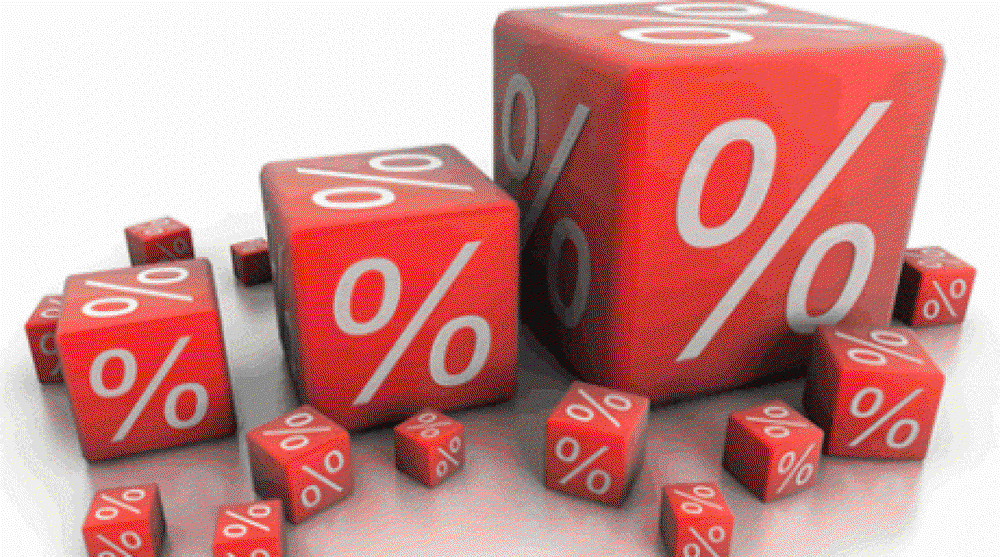
National Bank’s Head Gregory Marchenko doesn’t rule out further slashing down the key rate, Newkaz.ru reports, citing the National Bank’s Governor Gregory Marchenko as saying July 25 during the online conference arranged by Profinance.kz . In the H1 2012 Kazakhstan slashed its key rate three times: in February from 7.5% to 7%, in April from 7% to 6.5% and in June from 6.5% to 6%. “The key rate is set by the National Bank depending on the overall money market, demand for and supply of loans, inflation rate and inflation expectations”, Mr. Marchenko said. “Slashing of the key rate may be assigned to slowing inflation (…) as of the end of August 2011 the annual inflation stood at 9%, whereas as of the end of June 2012 the figure made up 4.9%”, he said. The key rate is the interest rate at which an eligible financial institution may borrow funds directly from the National (Central Bank). The National Bank uses the key rate to control the supply of available funds, which in turn influences inflation and overall interest rates. The more money available, the more likely inflation will occur. Raising the rate makes it more expensive to borrow from the National Bank. That lowers the supply of available money, which increases the short-term interest rates. Lowering the rate has the opposite effect, bringing short-term interest rates down.





National Bank’s Head Gregory Marchenko doesn’t rule out further slashing down the key rate, Newkaz.ru reports, citing the National Bank’s Governor Gregory Marchenko as saying July 25 during the online conference arranged by Profinance.kz .
In the H1 2012 Kazakhstan slashed its key rate three times: in February from 7.5% to 7%, in April from 7% to 6.5% and in June from 6.5% to 6%.
“The key rate is set by the National Bank depending on the overall money market, demand for and supply of loans, inflation rate and inflation expectations”, Mr. Marchenko said.
“Slashing of the key rate may be assigned to slowing inflation (…) as of the end of August 2011 the annual inflation stood at 9%, whereas as of the end of June 2012 the figure made up 4.9%”, he said.
The key rate is the interest rate at which an eligible financial institution may borrow funds directly from the National (Central Bank). The National Bank uses the key rate to control the supply of available funds, which in turn influences inflation and overall interest rates. The more money available, the more likely inflation will occur. Raising the rate makes it more expensive to borrow from the National Bank. That lowers the supply of available money, which increases the short-term interest rates. Lowering the rate has the opposite effect, bringing short-term interest rates down.

 +7 (777) 001 44 99
+7 (777) 001 44 99















































